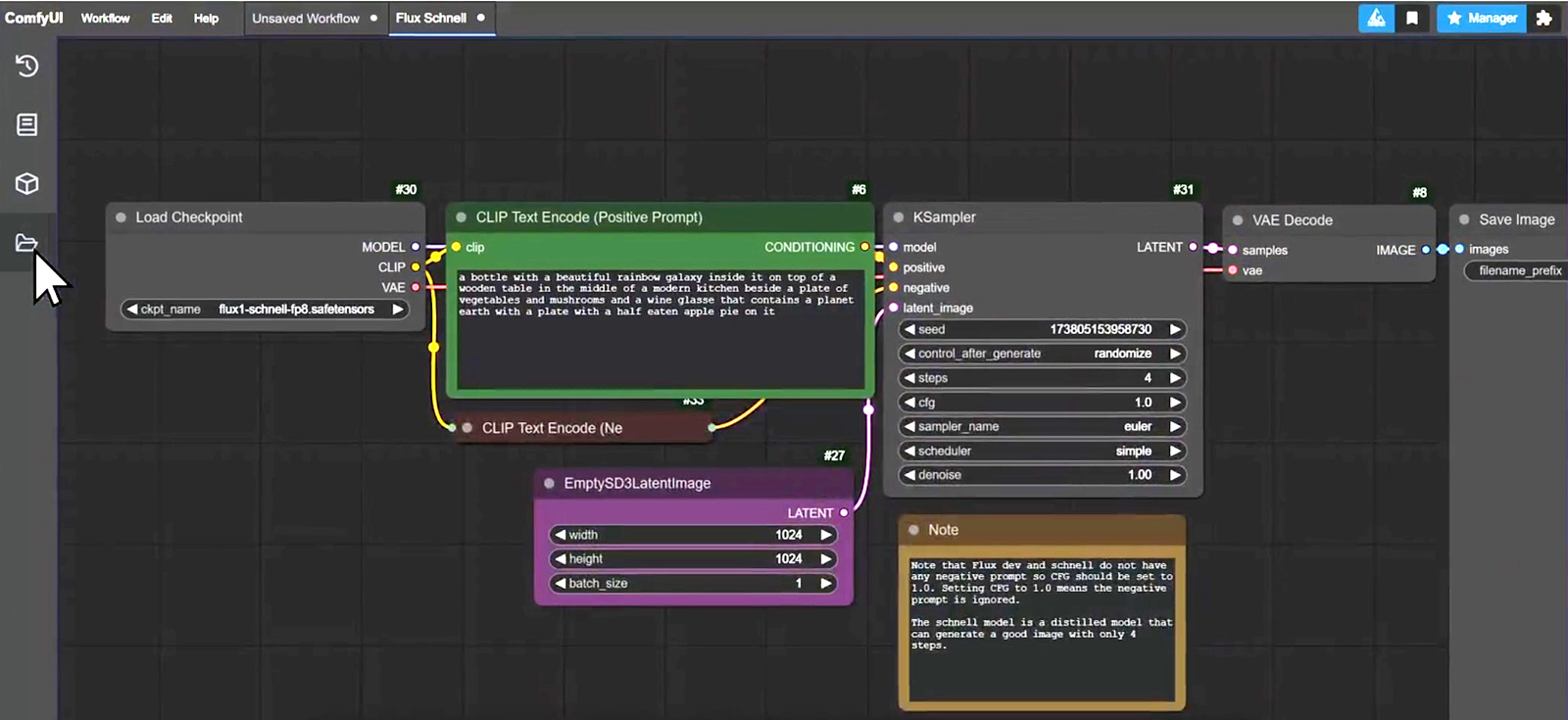Creating AI artwork on your laptop just got easier — ComfyUI launching apps for Mac and Windows
One-click install

Veteran image and video generation front-end ComfyUI has just launched a new beta version of its first desktop app. ComfyUI V1 offers a comprehensive framework for creating high-quality AI images using a variety of image and video models.
The release marks the first outing for its brand-new desktop user interface, which takes it from a tool for experimenters, into the consumer-friendly territory.
Instead of users having to install complex code and configure the application for their computer, the new system offers a one-click install to remove all the setup pain.
The standalone download package comes in a variety of flavors, suitable for Windows, Mac and Linux, designed so ‘non-technical users’ can be up and running in a fraction of the previous time.
What is ComfyUI
Introducing ComfyUI V1, a packaged desktop application- Windows (@nvidia), macOS (apple silicon), Linux- One click install for less technical users- Ships with ComfyUI manager- Auto-installed python environmentJoin the closed beta: https://t.co/JFWz9DgqER pic.twitter.com/Wk1pM5vrUjOctober 21, 2024
ComfyUI is both the easiest and most complex tool for generating AI images. It lets you place nodes on a workspace to customize how an image is generated, known as a Workflow. This can be as simple as telling it to just make an image from a prompt, through to more complex workflows with overlays and upscaling.
Previously available as a web interface that required installing a number of components, the new desktop software makes the whole setup process as easy as clicking a link.
It also ships with several other benefits. The system will now provide automatic updates as they arrive from the development team, and each download will come complete with a full Python code environment and stable versions of the core software options.
Sign up to get the BEST of Tom's Guide direct to your inbox.
Get instant access to breaking news, the hottest reviews, great deals and helpful tips.
What is new with ComfyUI desktop?

The ComfyUI team announced a number of other product feature updates. Seasoned users will be pleased to see the addition of multiple workflow tabs, aimed at making it easier to keep track of different workflows while creating high-quality images.
There’s also a new set of custom key bindings to help tailor work processes, as well as a valuable new integrated log viewer for debugging any issues.
Additional interface improvements include an improved top menu bar, right mouse click access to the model library and a quick access workflow browser.
ComfyUI will now also auto-download a model if the user doesn’t already have it installed for their workflow needs. Again this is designed to make it easier to get things done, especially for less experienced users who may be confused by model selection during their work.
What are the alternatives?
Despite the announced changes, there’s no question that the ComfyUI environment is still more suited to the technically oriented user.
Alternatives to ComfyUI include the open-source Forge environment, which has offered one-click installation via Pinokio for a while now, and uses a much more user-accessible Gradio interface to set up the image generation criteria.
ComfyUI also lacks any proper image inpainting functionality as yet, which places it behind alternatives such as the Automatic1111 image-generating interface.
The speed and simplicity of the Gradio interface also provide a stark contrast to the complex use pattern of ComfyUI nodes. For those who want to create their images with the minimum of effort, Gradio wins hands down.
However, there’s nothing to compare with ComfyUI if you take pleasure in crafting complicated and precise image and video generation settings to get exactly the result you want. `
The new ComfyUI V1 package is currently only available via a beta testing waitlist, and interested parties can sign up at comfy.org.
More from Tom's Guide
- Best food delivery services: Grubhub vs Uber Eats vs Doordash
- The best cast iron skillets 2024: Tested and rated
- How to make images with AI using Leonardo

Nigel Powell is an author, columnist, and consultant with over 30 years of experience in the technology industry. He produced the weekly Don't Panic technology column in the Sunday Times newspaper for 16 years and is the author of the Sunday Times book of Computer Answers, published by Harper Collins. He has been a technology pundit on Sky Television's Global Village program and a regular contributor to BBC Radio Five's Men's Hour.
He has an Honours degree in law (LLB) and a Master's Degree in Business Administration (MBA), and his work has made him an expert in all things software, AI, security, privacy, mobile, and other tech innovations. Nigel currently lives in West London and enjoys spending time meditating and listening to music.










